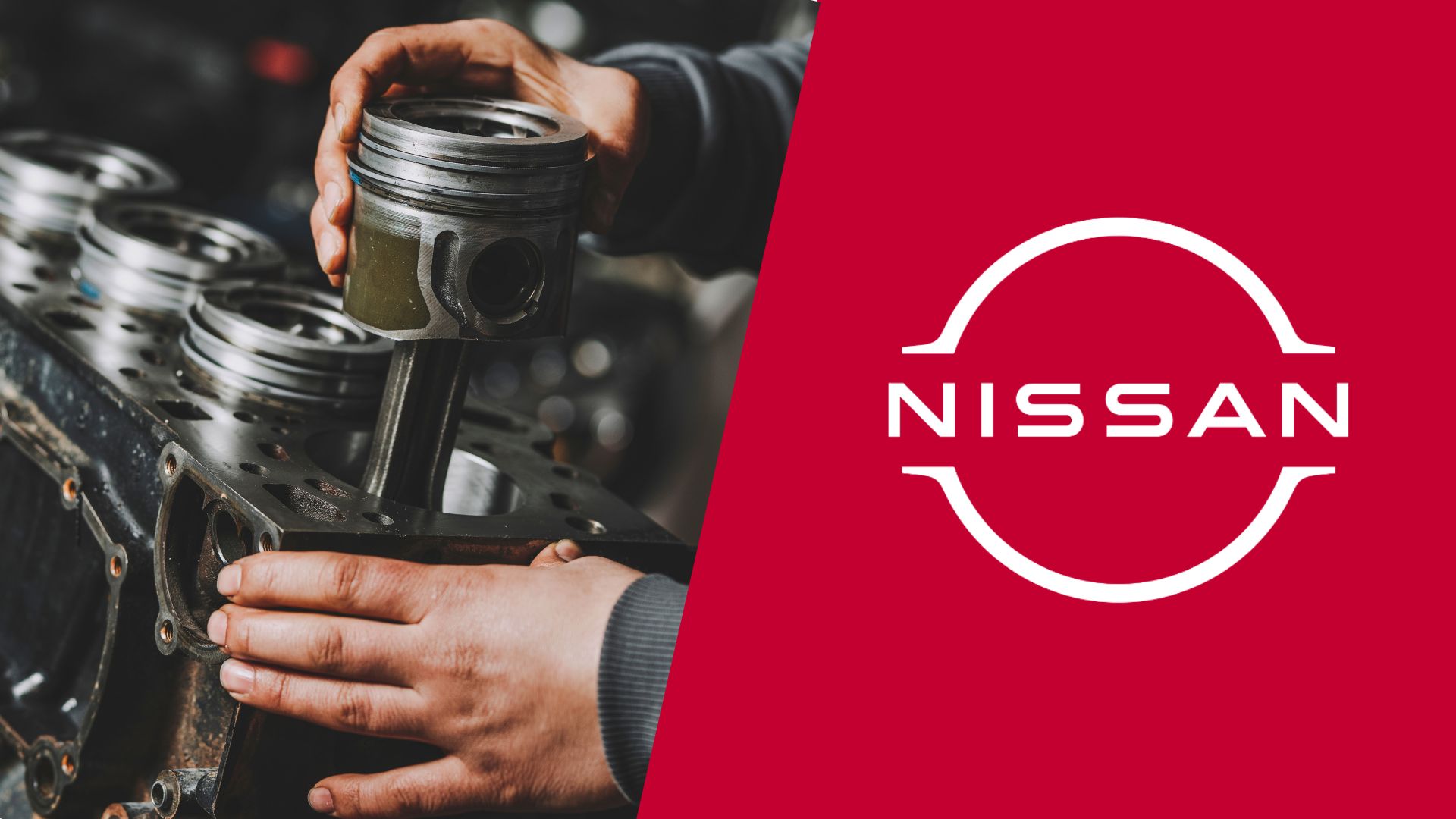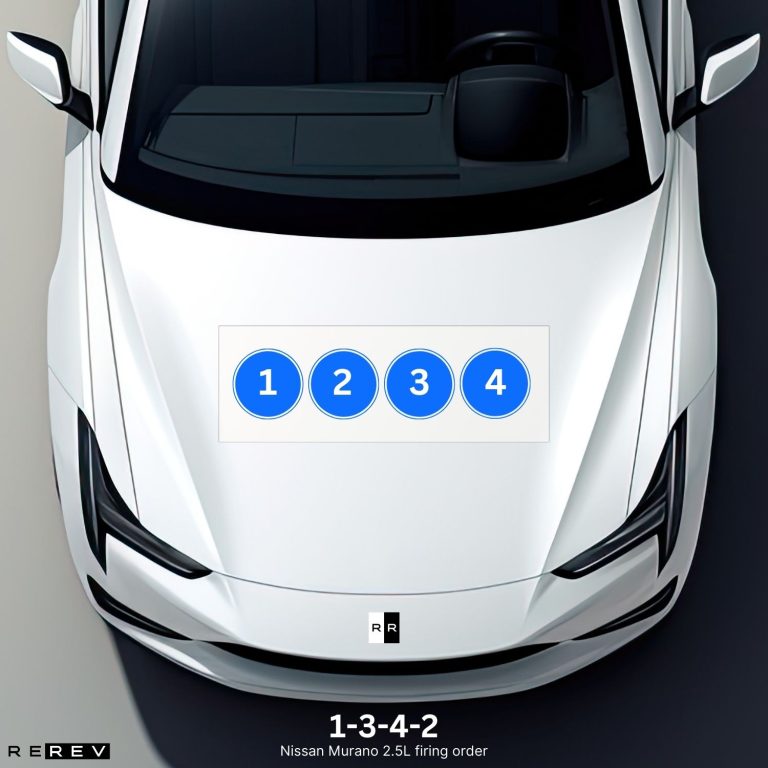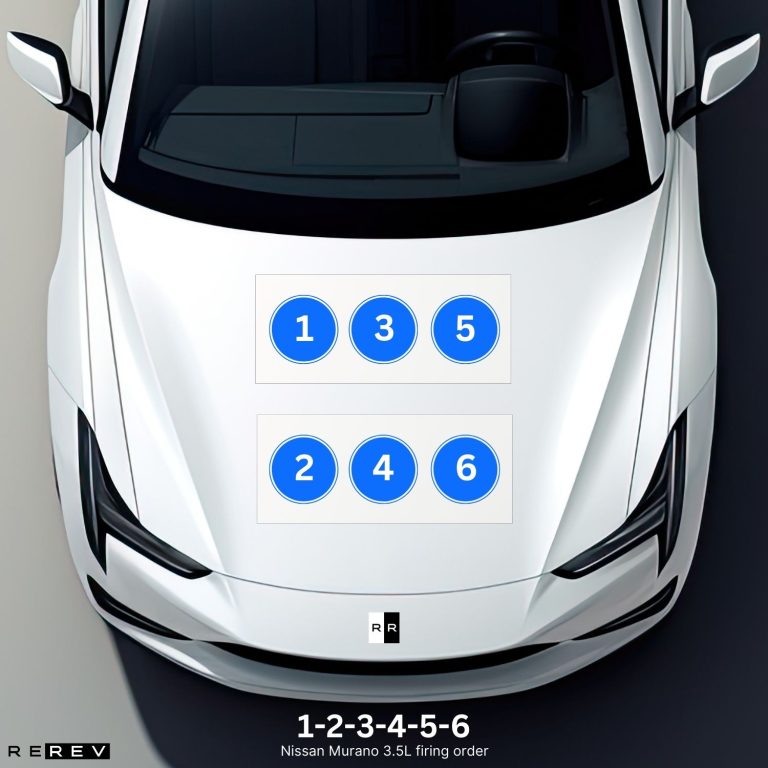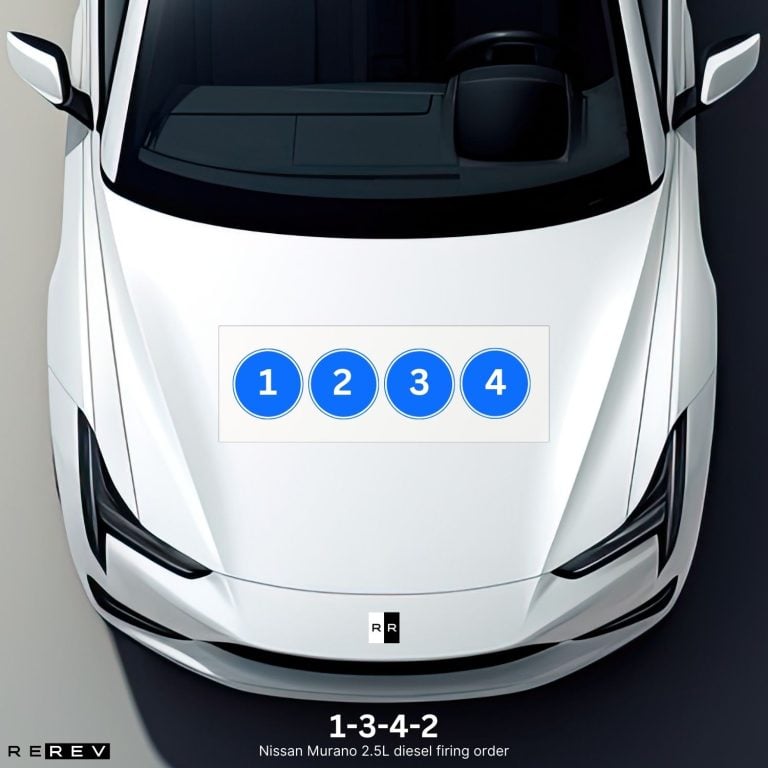Nissan Murano (2002-2023) firing order — diagram & guide

Back in the early 2000s Nissan entered the US market with some exceptional truck and SUV models, and the mid-size crossover segment was the only one to be explored. That all changed with the Murano which proved to be a great choice for a daily driver car and it’s now in its third generation.
So, if you own a Murano but need to do some DIY engine maintenance work, our guide on the Nissan Murano (2002-2023) firing order should help. We are confident you are aware of the 3.5-liter engine from the 350Z model, but we’ll explore all the other engines and their firing order specs through this guide for your convenience.
| MURANO YEARS | ENGINE | FIRING ORDER |
|---|---|---|
| 1st Gen (2002-2006) | 2.5L | 1-3-4-2 |
| 3.5L V6 | 1-2-3-4-5-6 | |
| 2nd Gen (2007-2013) | 2.5L | 1-3-4-2 |
| 3.5L V6 | 1-2-3-4-5-6 | |
| 2.5L diesel | 1-3-4-2 | |
| 3rd Gen (2014-present) | 2.5L | 1-3-4-2 |
| 3.5L hybrid | 1-2-3-4-5-6 |
First-generation Nissan Murano (2002-2006) firing order
The first-gen Murano model offered two engine options that would later on become signature engines of this model as a whole. These were the four-cylinder 2.5L engine and the well-known 3.5-liter V6 also used in the 350Z, so let’s see what their firing order specs are like.
Nissan Murano 2.5L firing order

The Nissan Murano 2.5L firing order is 1-3-4-2 and this sequence has remained the same for all versions of this engine throughout the production. We say that because Murano also used a revised version of the engine for the second-gen model and a hybrid version of it for the third-gen model.
The engine’s cylinder arrangement is fairly simple in all of its forms since it goes from the first cylinder on the left side to the fourth one on the right side in a straight order.
Nissan Murano 3.5L firing order

As for the V6 version, the Nissan Murano 3.5L firing order is 1-2-3-4-5-6 and this also goes for all the versions of the engine used throughout the Murano production. The important thing to note here is that the 3.5L V6 is a transverse engine, so instead of a regular left and right cylinder bank, it features an upper and a lower cylinder bank.
That means the cylinders 1, 3, and 5 are in the upper bank looking at it from left to right in that order, while the lower cylinders are 2, 4, and 6 also numbered left to right.
Second-generation Nissan Murano (2007-2013) firing order
The second-gen Murano model also had optional 2.5-liter and 3.5-liter engines with the addition of the 2.5-liter diesel. So, since we’ve already explained the 2.5L petrol engine and a V6, we’ll focus on the diesel engine next.
Nissan Murano 2.5L diesel firing order

The Nissan Murano 2.5L diesel firing order is 1-3-4-2 and this engine is pretty similar to the petrol one in the previous generation model. In fact, the cylinder arrangement matches perfectly since this engine also has four cylinders going in order 1, 2, 3, and 4 from left to right.
However, it’s a different engine due to it being a diesel powertrain, so it doesn’t use any spark plugs and the build of the engine is different in a few other key ways. So, it requires specific maintenance and it’s more common to experience misfires with a petrol engine.
Third-generation Nissan Murano (2014-present) firing order
Finally, the third-gen Murano still used the same 3.5-liter V6 engine as the previous two generation models. There was also a 2.5-liter engine being used, but this time it was a petrol hybrid which means an electric motor was added to the already described four-cylinder petrol powertrain.
So, the firing order for the third-gen Nissan Murano with a 3.5-liter engine was 1-2-3-4-5-6, and the Nissan Murano 2.5L hybrid firing order was 1-3-4-2. Since we’ve already discussed the details of both, that concludes our guide on Nissan Murano engines as there were just some slight differences such as the addition of a hybrid component.
Our take
The Murano is a perfect model for DIY enthusiasts to work on their engines since it only has a few simple options offered through the generations.
Now that you know a bit more about how these engines fire and what their cylinder orders are, our team hopes that you’ll be able to enforce better upkeep and prevent some engine issues by checking the powertrain yourself.